Art Meets Architecture: Perpignan Station Trail
with Tony Goodman
A hundred and sixty years ago the first train arrived in Perpignan linking the region’s vines to a thirsty industrial north. As wine flowed north, profits flowed south and the market gardens in the immediate vicinity of the station were replaced by elegant streets, lined with the latest architectural styles. Money was no object as merchants competed to display their success. The best architects of the day were commissioned to design landmark homes.
The quarter has been recognised as possessing some of the finest examples of Art Deco, Art Nouveau and expressive regional architectural styles in France. The very active neighbours‘ association has selected some of the best and created a discovery trail. To follow the trail, download the map with audio guides in French, Catalan, Spanish, German and English available at each stop via QR codes.
Start anywhere on the trail as each site is self-contained. The estimated time to complete the trail is around two hours, allowing plenty of time to walk your chosen circuit. There is ample parking at the station or down along River Basse or you can hop onto the P’tit Bus, free navette, which covers part of the route.
 1. Gare de Perpignan
1. Gare de Perpignan
The selection of the station’s site and its construction was not an easy task but nevertheless the first train eventually pulled into the station in 1858.
As for the design, Dali had this to say when he visited in 1963: “I had at the station of Perpignan a kind of cosmogonic ecstasy…..an exact vision of the constitution of the universe……similar in its structure to the station of Perpignan ”. Maybe a good starting point if you’re hoping for a bit of ecstasy during your day out
2. Maison Combes Jacomet 6 Rue Courteline
One of the quarter’s most imposing homes. Marie-Alphonsine Combes and her husband Joseph Hippolyte commissioned Danish architect Viggo Dorph Petersen in 1891 to design their home. Petersen designed many other landmark homes in the P-O such as Chateau de Valmy and Chateau d’Aubiry. Borrowing heavily from the very popular Parisian bourgeois style with its slate mansard roof and decorative brickwork, Petersen added local Roussillon touches.
On February 7, 2020, the Maison Combes Jacomet was transferred for a symbolic one euro to the Joseph Sauvy association in exchange for its restoration.
3. Place de Belgique
Once known as place de la Gendarmerie, this is the only open public space in the quarter so quickly became a site for entertainment, a vital source of water and weekly markets, roles it still plays to this day. The excellent Lou Grilladou provides a perfect lunch or dinner stop, popular with locals for it fresh and reasonably priced cuisine.
4. Hotel Particulier Maydat. 12 bis Quai Nobel
Built in 1940 using local materials, it is a superb example of the way local architects and builders incorporated Art Deco, touches of the Romanesque and Gothic styles.
5. L’Hôtel Particulier Cargoles Ticheyre (1934) 7 Quai Nobel
A modest private mansion designed by Louis Trenet, uncle of famous French singer, Charles, its arched upper story windows, detailed eaves and single oriel window are a classic design feature of the era.
6. Hôtel Particulier Rognon (1933) and 7. La Maison Julia (1928) Rue du 14 Juillet
Two superb examples from the 1920-1930’s. Hôtel Particulier Rognon and La Maison Julia sit side by side. Both designed by Louis Trenet, the style has been described as strong Modernism softened by the use of colour and subtle traditional touches.
8. & 9. Les Villas Amiel (1897) Rue de Villas Amiel
A row of four beautifully presented homes in one of the quarter’s prettiest streets. Built by Jean Amiel the owner of Foyer Béthanie (see below). The homes were built for his daughters; each carries a daughter’s name, Marie, Lucie, Henriette and Joséphine. The small garden in front of each makes this possibly the prettiest stop of the trail.
10. La Villa Des Tilleuls (1907) 42 Avenue de Grande Bretagne
An Italianate style villa with a few local influences designed by Viggo Dorph-Petersen. Now home to the Museum of Coins and Medals Joseph Puig, the villa shows the architect’s precise attention to detail in the way he incorporated the steps, the veranda and an “English” garden with a stream complete with a small Japanese bridge. Inside, the main stairs have a classic wrought iron banister. The wood-panelled dining room and timber fireplace are a delight.
11. L’ Immeuble Mitjavile (1916) 66 Avenue av. Général de Gaulle
A faithfully restored and maintained example of Art Nouveau architecture with strong regional influences using red brick, wrought iron, stone and tiling.
12. Foyer Béthanie (1881) 45 Avenue du Général de Gaulle
A bourgeois and opulent residence with a distinctive slate mansard roof, Built originally for a very successful carpenter, it is known as Foyer Béthanie as it was a shelter for young girls for many years.
13. La Maison Payrard (1946) 23 Avenue du Général de Gaulle
Designed by architect Pierre Sans. A massive and imposing residence in a mix of styles including Spanish, Catalan and Baroque. The style, very typical of the Catalan regionalist movement, uses decorative brick, red stone for pilasters, columns or ornate corbels and wrought iron.
14. Hotel Particular Drancourt 21 Avenue du Général de Gaulle
Built for Emile Drancourt a prosperous wine merchant, designed by Viggo Dorph Petersen, engaged to design a mini castle. Over time the property and its adjoining warehouse and grounds were subdivided. Take a moment to examine the fine detail and it’s easy to imagine how it must have presented in its prime.
15. Demeure Bardou 14 of Avenue du Général de Gaulle
Built by the brothers León and Eugène Bardou, this imposing structure was at the heart of the Bardou family’s ‘Le Nil’ cigarette paper manufacturing enterprise. Adjoining it were production facilities including a large building which housed the electrical accumulators, early types of batteries which powered the machinery. Elegant and inspiring, it was designed by Toulouse architect Frédéric Delor de Masbou. Sadly its history has a dark side, events which saw the end of the Bardou family dynasty when Léon Bardou shot his 35 year old sister-in-law, Eugène, and turned the gun on himself.
16. L’Immeuble Ferrat (1924)
Occupying a prime location on the corner of Avenue Général de Gaulle and Rue Paul Massot. Constructed as commercial premises with two residential apartments. The architectural style was quite common at the time of construction. Examples can be found throughout Perpignan.
17. The Mas-Chancel Villas (1930-1931) Rue Gabriel Fauré
A superb example of Catalan Romanesque architecture. Designed by architect Edouard Mas-Chancel with borrowings from the Art Nouveau style he used local ingredients, red brick, wrought iron and river stones to great effect.
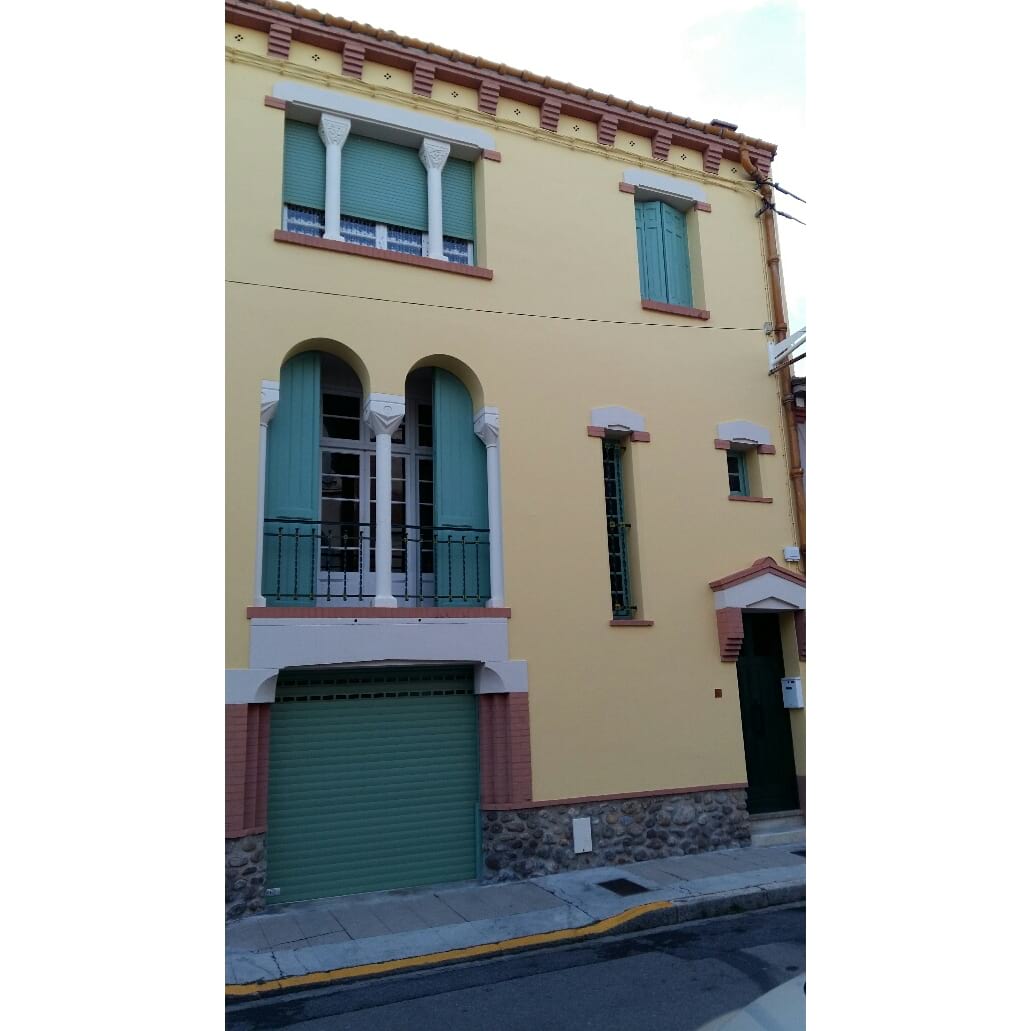
As featured in P-O Life n° 71 (autumn 2021)
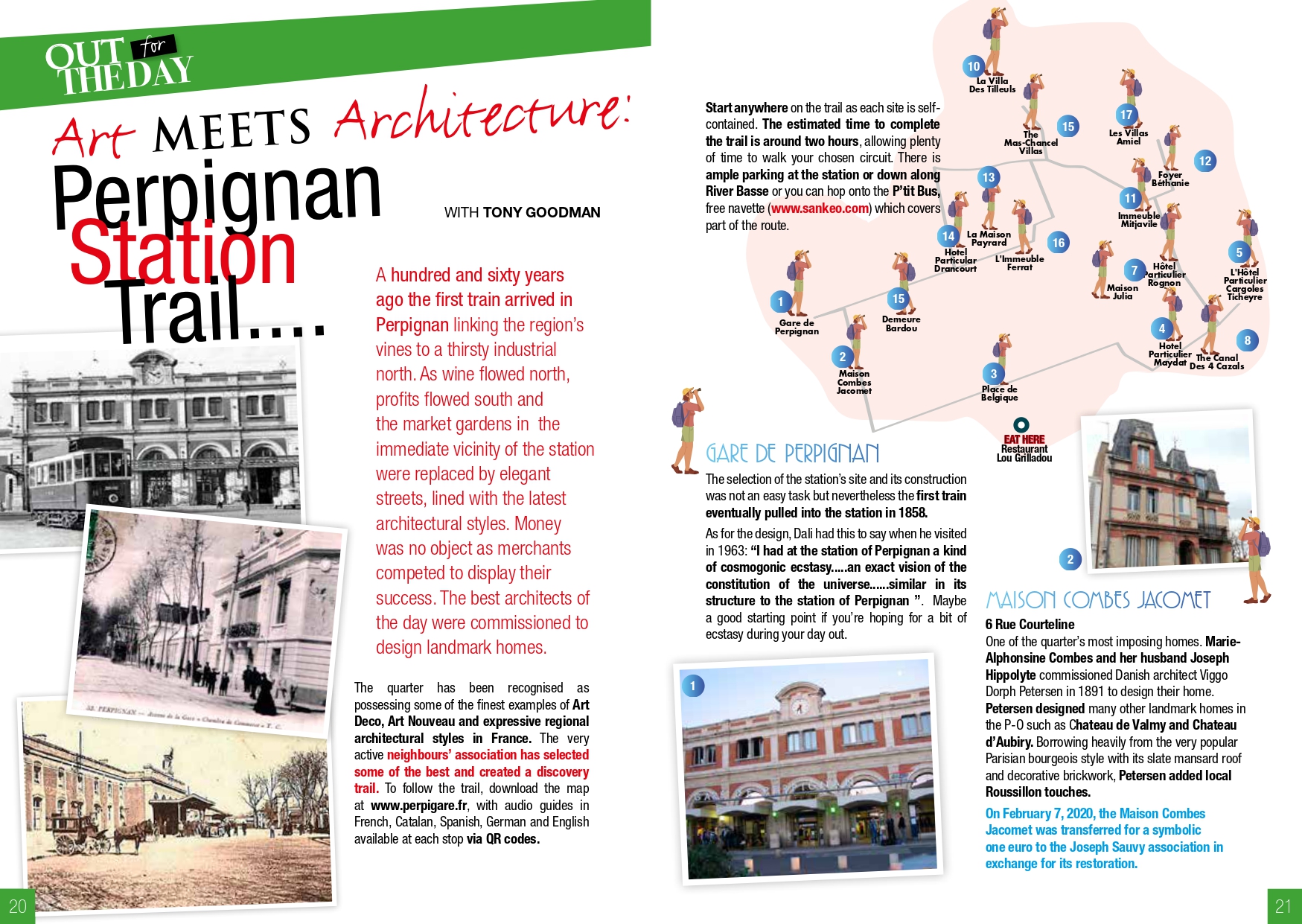



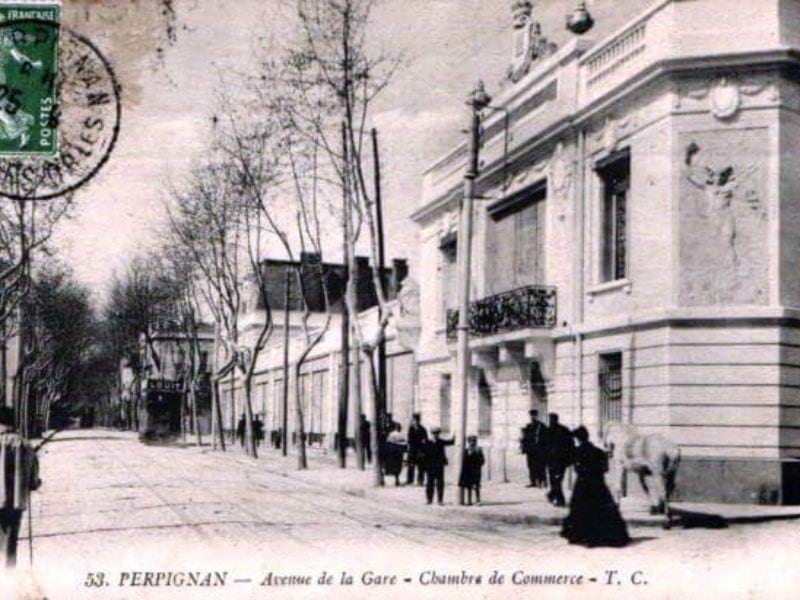
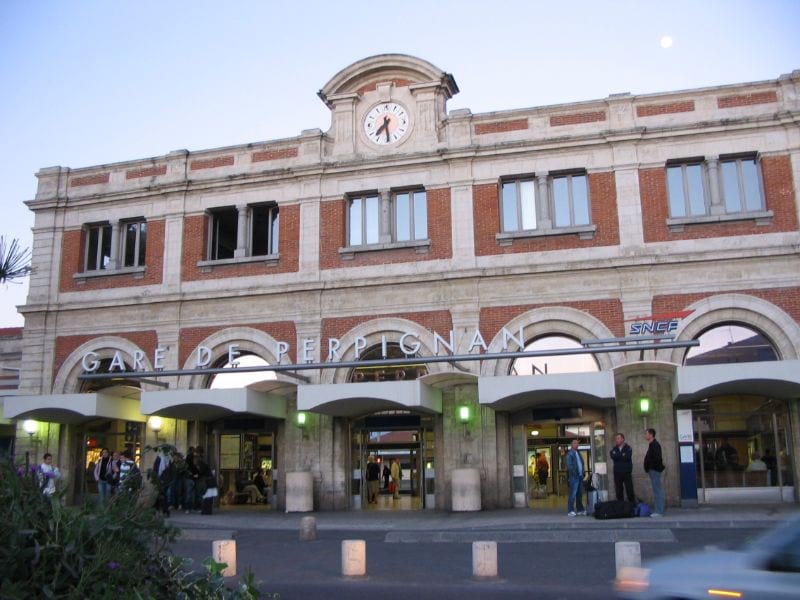
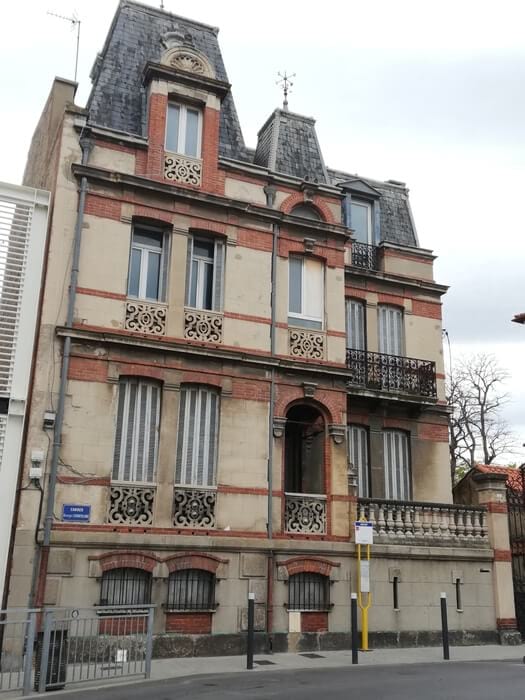
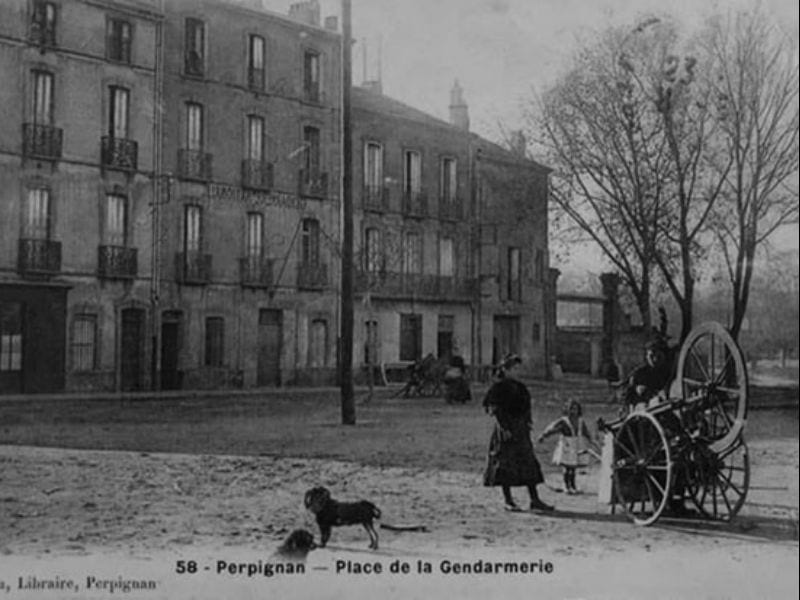


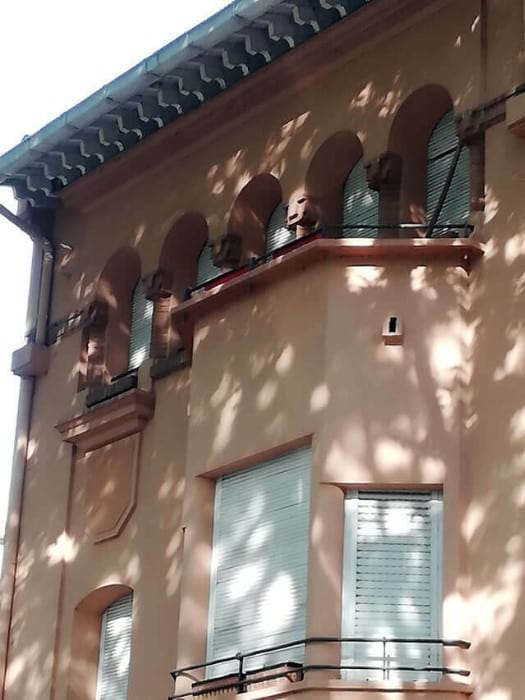

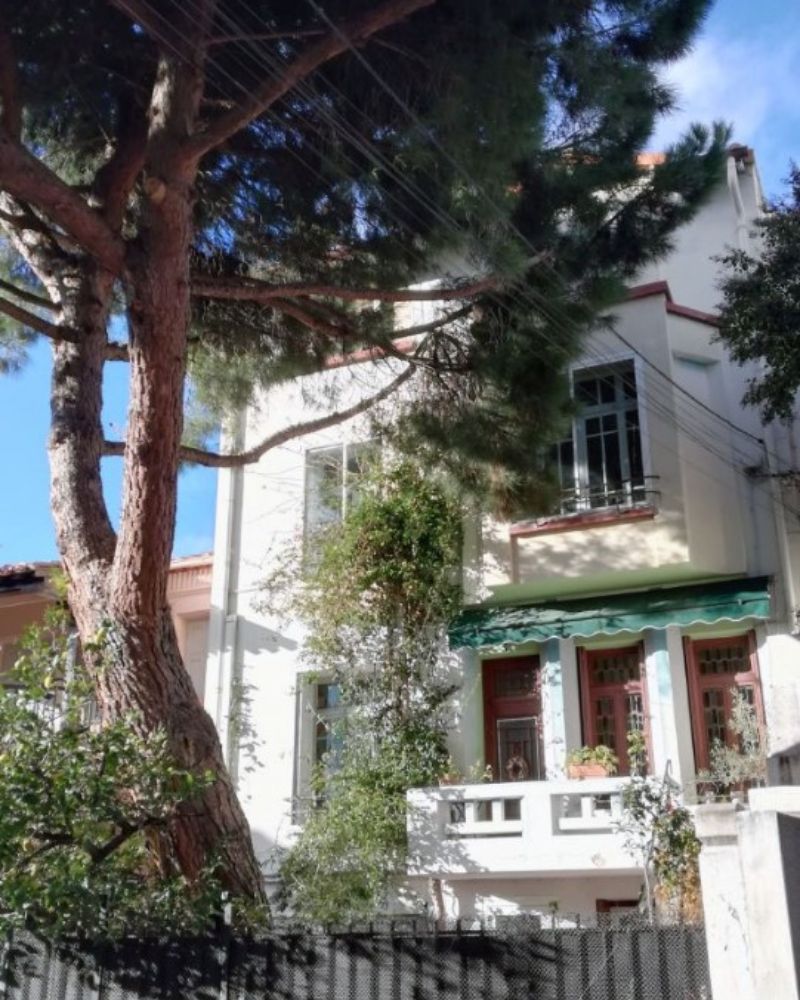
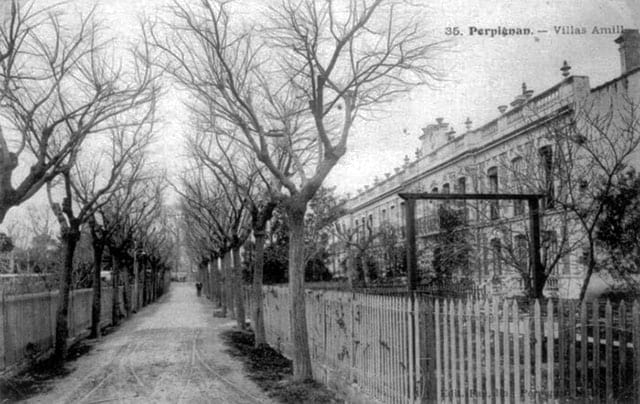
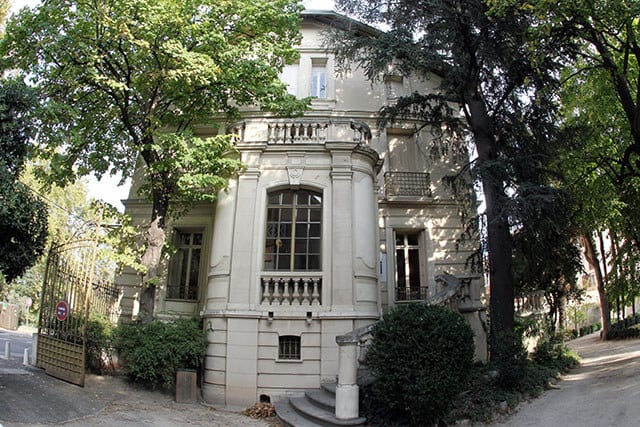
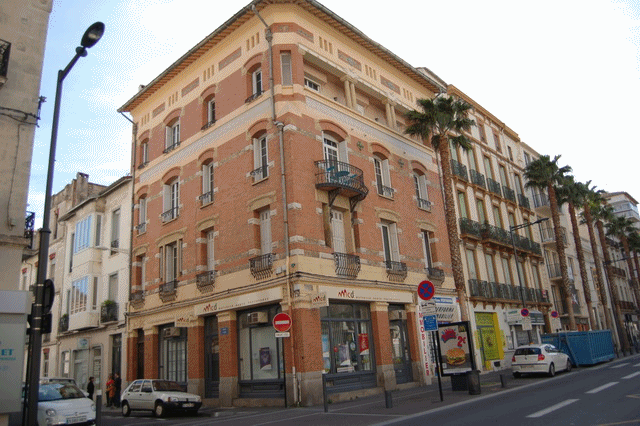
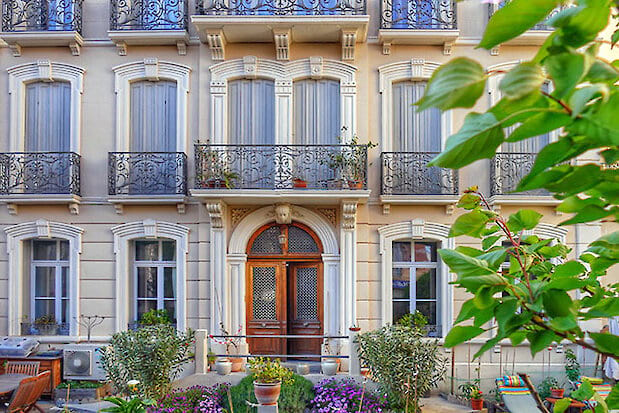
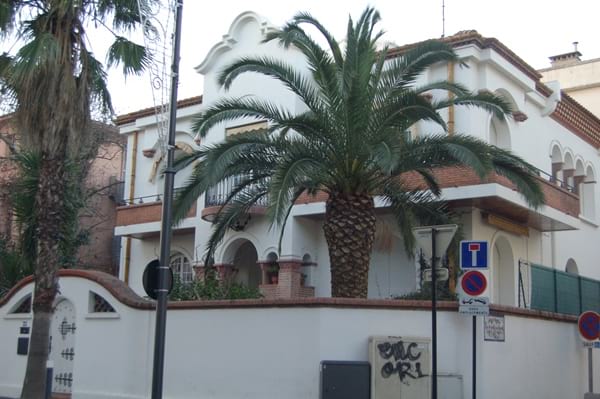

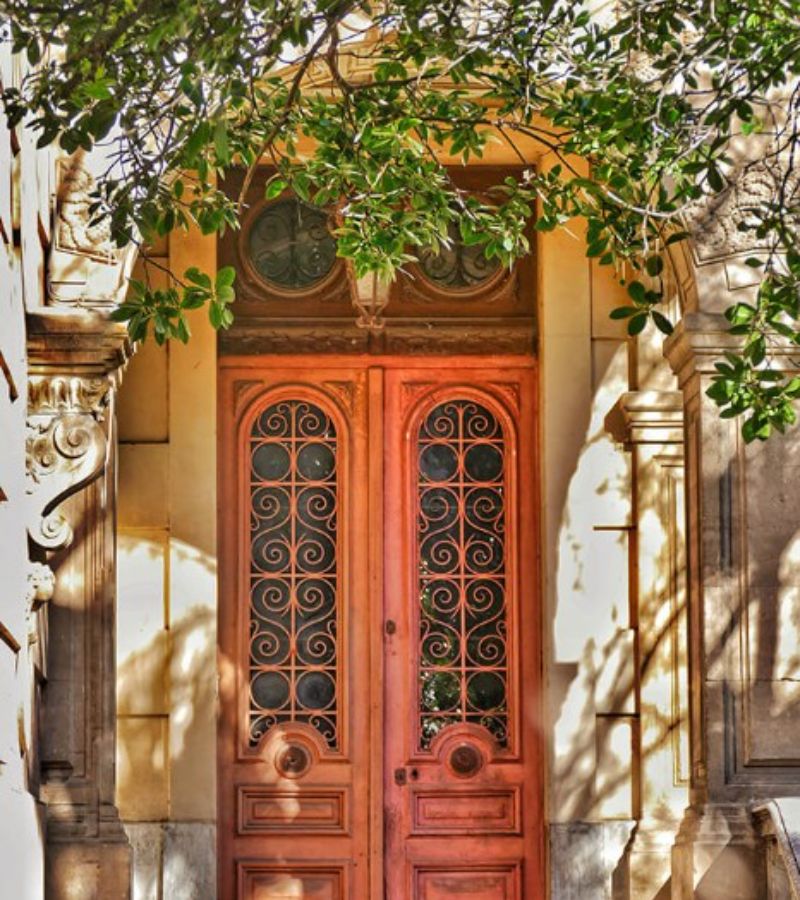

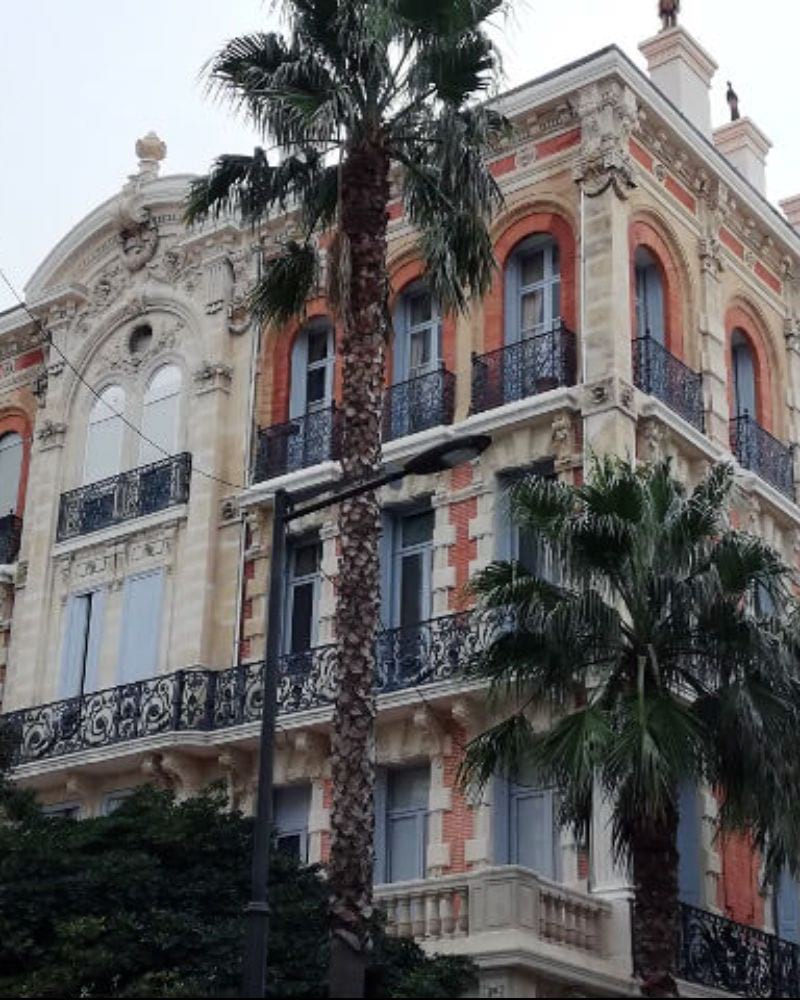
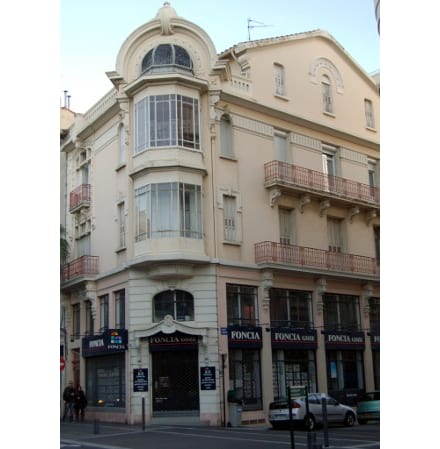

I enjoyed reading this. Very informative. Looking forward to doing the tour one of these days!